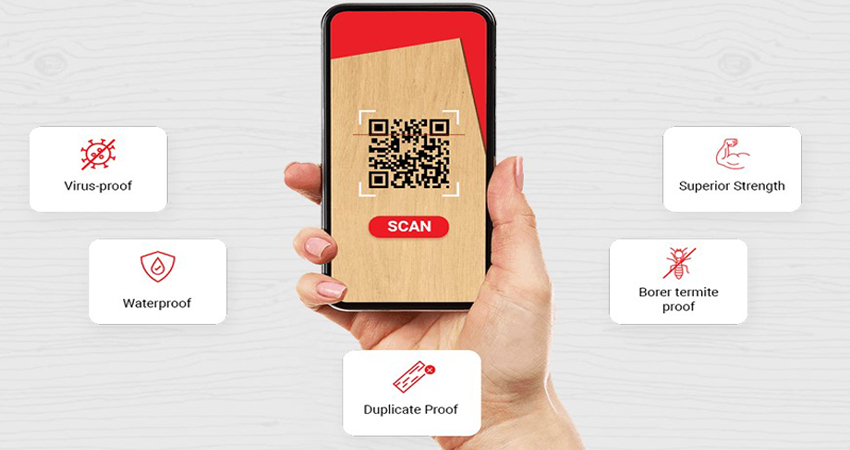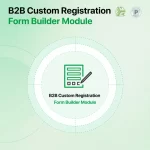Audits can be painful. There is paperwork, backtracking, and endless questions about material quality. If anything goes wrong, fingers are pointed. Timelines get pushed. Trust breaks. One faulty plywood sheet can cause a chain of issues. That is where the Century Promise App changes everything.
This tool brings clarity before problems begin. For project managers, architects, and contractors, it simplifies plywood checks. It gives them evidence in seconds. And when audits come around, everything is already in place.
The Real Cost of Bad Plywood
Plywood sheets are used across the site. Cabinets, doors, partitions, false ceilings. The quality of each board affects the final outcome. If one is fake or substandard, it compromises strength. And during audits, that becomes a big deal.
Clients or inspectors may ask for batch details or brand proof. If documentation is missing or unclear, the team is left scrambling. That means wasted time and added stress. Digital proof solves this issue.
What the App Does Differently
The Century Promise App makes plywood traceable. Every genuine board has a unique QR code. When scanned, this code reveals:
- Product authenticity
- Manufacturing location
- Board specifications
- Purchase timestamp
- Digital e-warranty
This data is stored securely and can be pulled up anytime. During audits, there is no need to dig through files or ask the vendor again. The details are already saved. The app builds a digital trail for each plywood sheet used on-site.
Audits Made Easier
Construction audits often demand proof of material quality. The Century Promise App offers instant answers.
- Want to know which batch was used in a particular section? Scan history has it.
- Need to prove brand authenticity to a quality inspector? Show the e-warranty.
- Trying to cross-check purchases with invoices? Match the timestamps.
No paper trails. No guesswork. Just clean, verified data. This system helps speed up inspections. It also protects everyone involved. The team has proof that they used certified materials. The client gains confidence. And the audit report reflects quality compliance.
How It Works on the Ground
Contractors use the app as part of their purchase checks. As plywood sheets arrive, each code is scanned. Fake products are caught early. Only verified boards move to storage or installation. Project engineers keep the scan records.
When asked for proof, they open the app and show the details. The client sees transparency. Over time, the scan logs also help in material planning. Managers can view how many boards were used, when they arrived, and which vendor supplied them. It improves tracking.
Moving Past Manual Logs
Many sites still rely on handwritten records. But they get lost. Ink fades. And when people leave the project, knowledge gaps follow. Digital systems fix this. With CenturyPromise, plywood verification is stored in the cloud. Teams can access it from any device.
Even if the original staff is not present, the data stays. The app also prevents future disputes. If a board fails, the team can trace where it came from. They can show that it was genuine and covered under warranty. That reduces blame and speeds up resolution.
Not Just for Builders
Interior designers and consultants can also use it. If they recommend CenturyPly products, the app becomes part of their quality pitch. They show clients that every board has proof. It builds credibility. Dealers benefit too. When they sell a board, they encourage the buyer to scan and verify. This keeps the supply chain clean.
Conclusion
Project audits are stressful, but they do not have to be. The Century Promise App gives teams a shortcut. With every scan, they build a digital record. One that proves quality. One that saves time. It is not just about catching fake products, but it’s about staying ahead.
It is about being audit-ready without extra effort. With verified plywood sheets and instant documentation, the app becomes more than a tool. It becomes part of the process. The next time you face an inspection, you will not be digging through files. You will be opening an app. And letting the data do the talking.



